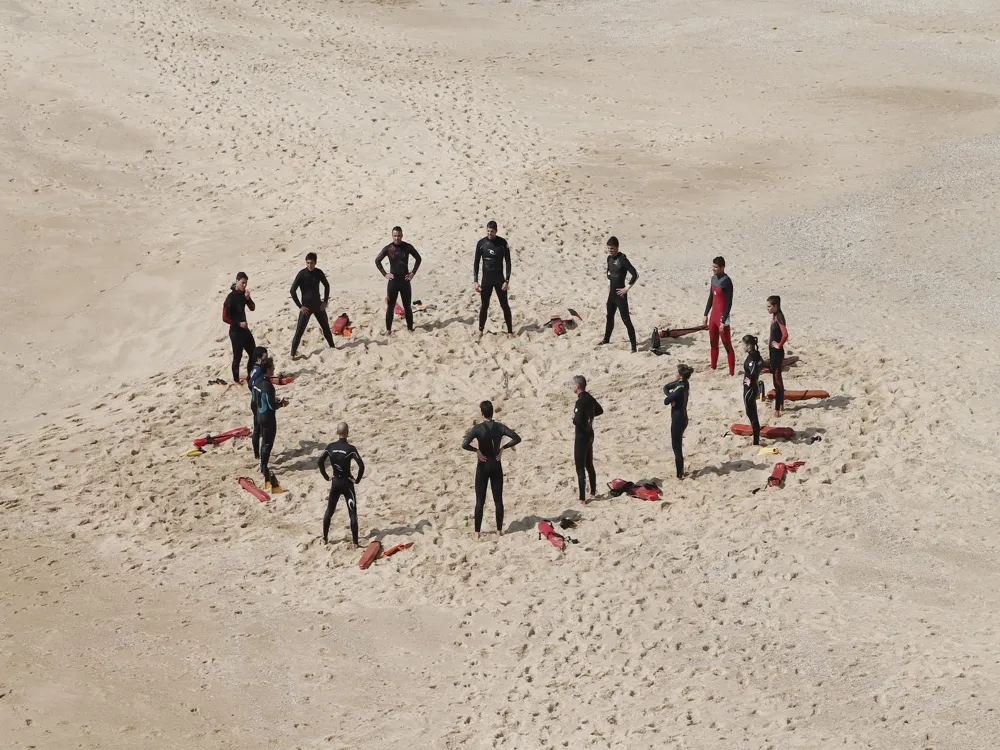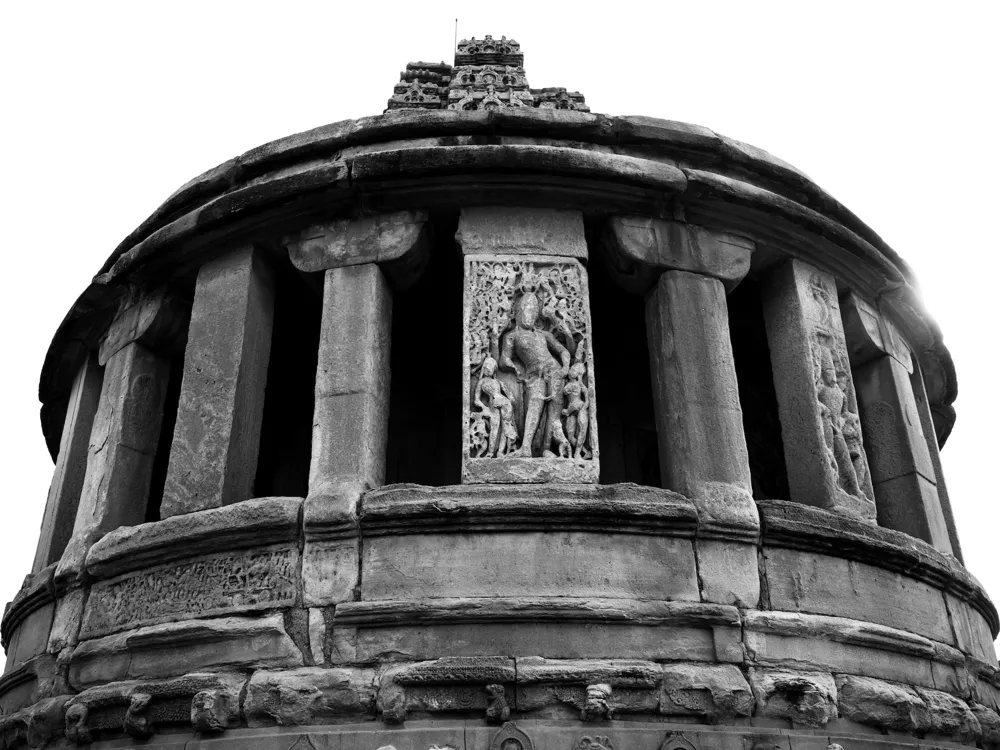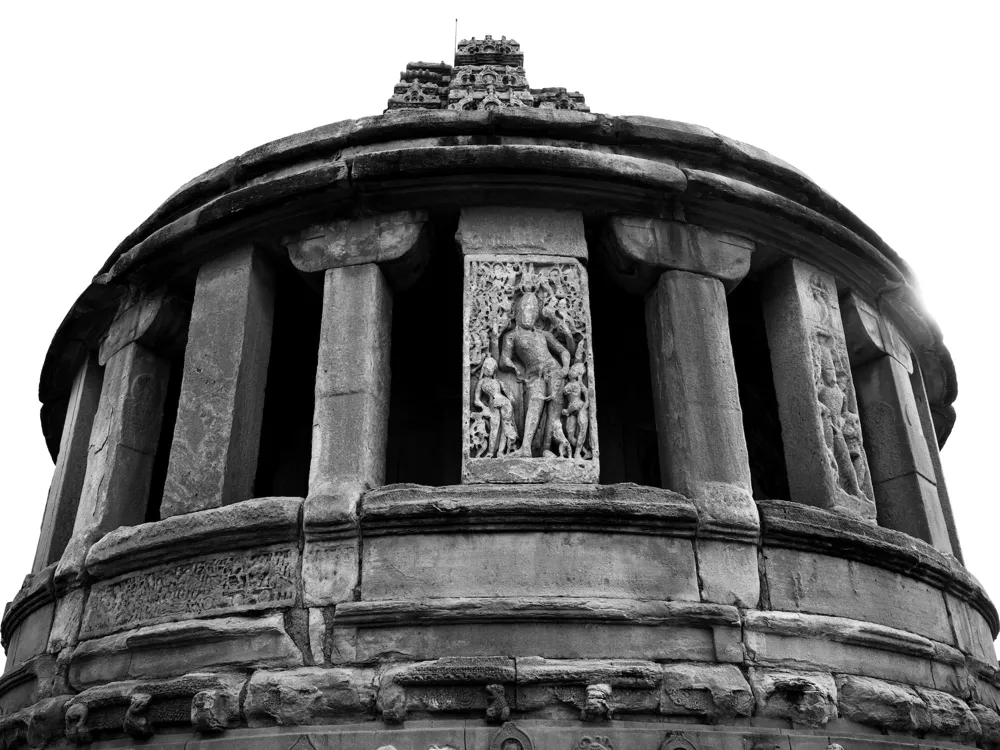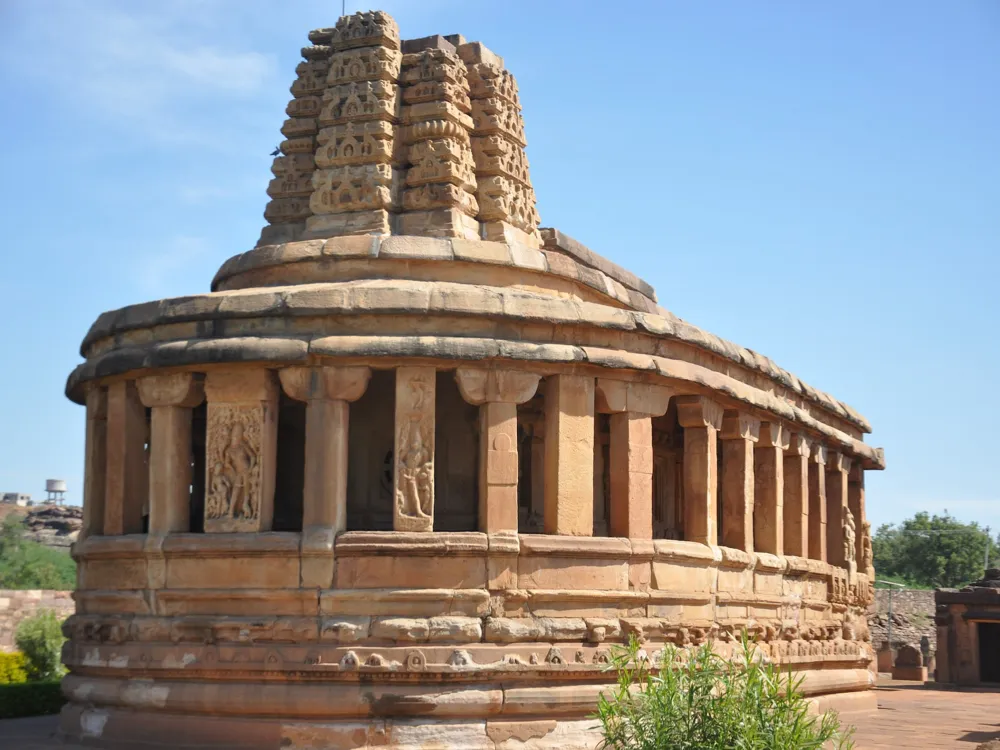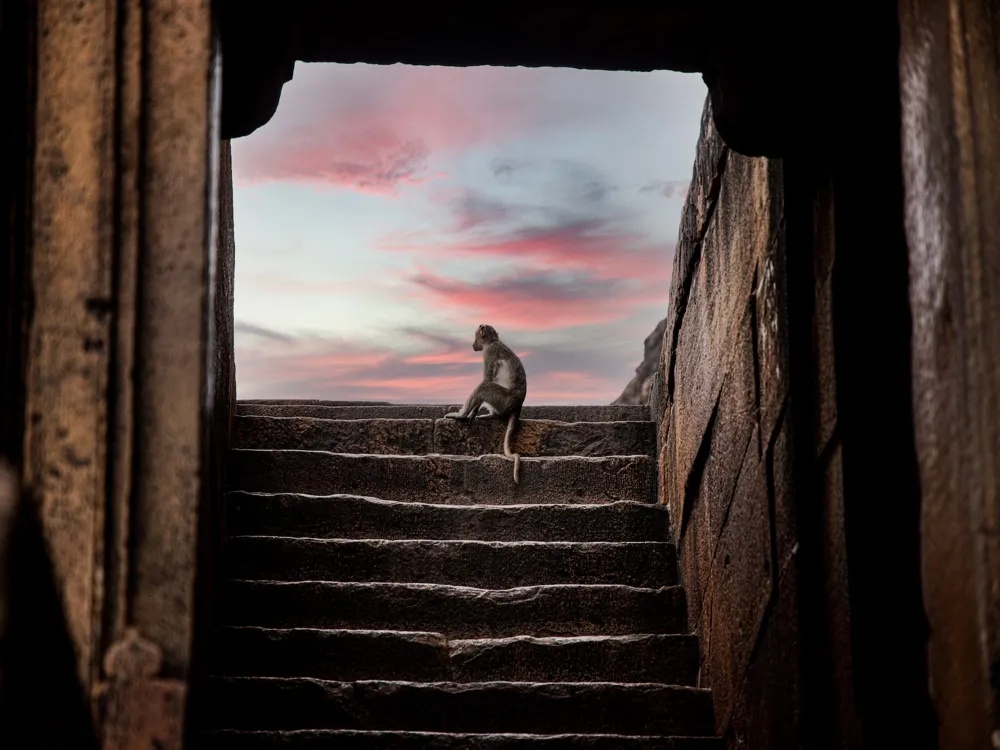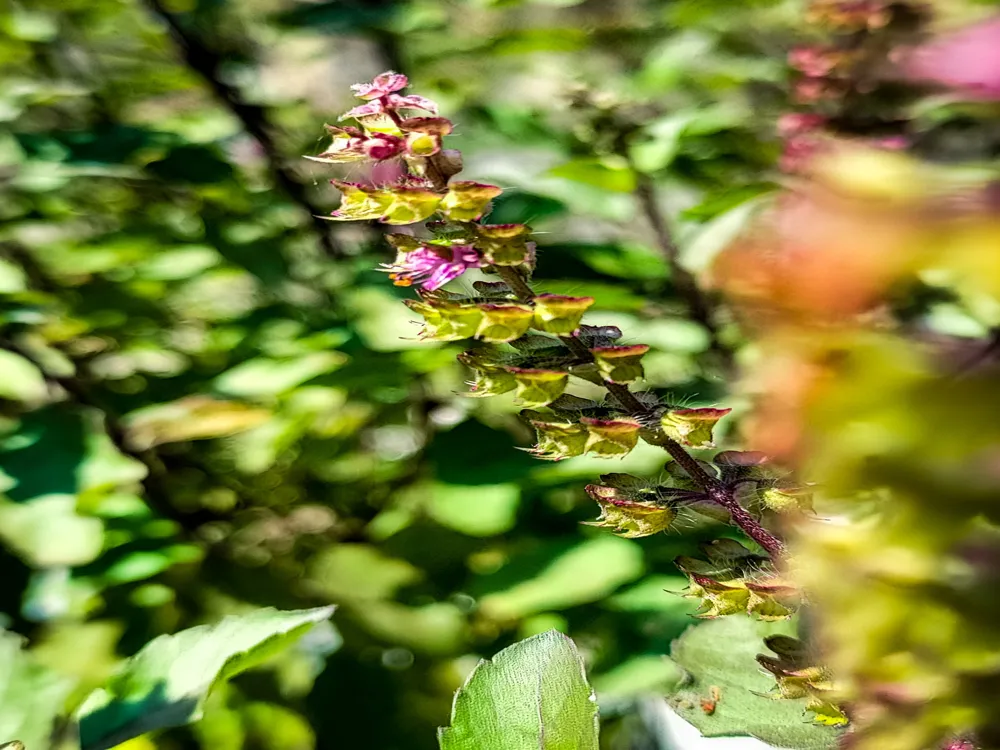Aihole, a historical town in Karnataka, India, is renowned for its remarkable architectural legacy, with Rachi Gudi standing as a prime example. This temple, dating back to the 6th century, is part of the Aihole temple complex, which is often referred to as the 'Cradle of Indian Architecture.' Rachi Gudi is not just a testament to the architectural brilliance of its time but also a symbol of India's rich cultural and historical heritage. The temple's history is intertwined with the Chalukyan dynasty, which ruled over this region and was known for its patronage of art and architecture. Rachi Gudi, like many other structures in Aihole, reflects the experimentation in temple design that was characteristic of the early phases of Indian temple architecture. This period marked a transition from the rock-cut architecture to free-standing structures, a significant evolution in the history of Indian architecture. The significance of Rachi Gudi lies not only in its historical and cultural value but also in its architectural uniqueness. The temple's design deviates from the traditional Dravidian style prevalent in South India and incorporates elements that are precursors to the later Nagara style found in North India. This amalgamation of styles makes Rachi Gudi a crucial study subject for historians and architects alike, offering insights into the evolutionary trajectory of Indian temple architecture. Visitors to Rachi Gudi are immediately struck by its distinctive features: the intricately carved exterior, the uniquely designed tower, and the harmonious blend of various architectural elements. The temple stands as a silent witness to the centuries of history, a place where one can not only admire the artistic grandeur of the past but also delve into the spiritual ethos that guided its creation. The architecture of Rachi Gudi in Aihole is a splendid example of the early stages of temple construction in India. It is distinguished by its intricate carvings, innovative design, and historical significance. The temple, built during the reign of the Chalukyas, showcases a blend of architectural styles that later influenced major temple architectural styles across India. The temple's structural design is remarkable, featuring a sanctum (garbhagriha), a main hall (mandapa), and an entrance porch (ardha-mandapa). The sanctum houses the deity and is the core of the temple, where the spiritual essence of the structure resides. The main hall is where devotees gather, and it often features elaborate carvings and sculptures depicting various deities and mythological scenes. One of the most striking aspects of Rachi Gudi's architecture is its experimentation with form and structure. The temple showcases a fusion of Dravidian and Nagara styles, which is evident in its tiered tower (shikhara) and the square-based layout. This blend of architectural styles signifies the transitional phase in Indian temple architecture, making Rachi Gudi an important landmark in the study of ancient Indian architecture. The artistic excellence of Rachi Gudi is also visible in its detailed sculptures and carvings. These artworks not only adorn the temple but also tell stories from Hindu mythology, offering a glimpse into the religious and cultural milieu of the time. The intricate stonework, the symmetry of the designs, and the overall aesthetic appeal of the temple are a testament to the advanced skills of the artisans of the Chalukyan era. The ideal time to visit Rachi Gudi is between October and March, when the weather in Karnataka is pleasant and conducive for exploring the temple complex. Visitors should dress modestly and remove footwear before entering the temple. It is also advised to maintain silence within the temple premises to respect the sanctity of the place. While photography is allowed, it's important to be respectful of the site and avoid using flash inside the temple, as it can damage the ancient carvings. Opting for a guided tour can enhance your understanding of the temple's history and architecture. Local guides are usually available at the site. Carry water bottles and wear sun protection, especially during the hotter months, as the region can get quite warm during the day. Rachi Gudi in Aihole is accessible via various modes of transportation. The nearest airport is in Belgaum, about 150 kilometers away. From there, one can hire a taxi or take a bus to Aihole. For those preferring rail, the nearest railway station is in Bagalkot, which is around 35 kilometers from Aihole. Regular bus services and taxis are available from Bagalkot to Aihole. Additionally, Aihole is well-connected by road to major cities in Karnataka, making it accessible by car or bus. Read More:Overview of Rachi Gudi in Aihole, Karnataka
Architecture of Rachi Gudi
Tips When Visiting Rachi Gudi
Best Time to Visit
Cultural Etiquette
Photography Tips
Guided Tours
Staying Hydrated and Sun Protection
How To Reach Rachi Gudi
Rachi gudi
Aihole
Karnataka
NaN onwards
View aihole Packages
Aihole Travel Packages
View All Packages For Aihole
Top Hotel Collections for Aihole

Private Pool

Luxury Hotels

5-Star Hotels

Pet Friendly
Top Hotels Near Aihole
Other Top Ranking Places In Aihole
View All Places To Visit In aihole
Faq on Aihole
What is Rachi gudi in Aihole?
Rachi gudi in Aihole is a prominent temple dedicated to Lord Shiva, known for its unique architecture and historical significance.
When was Rachi gudi built in Aihole?
Rachi gudi in Aihole was constructed during the 6th century CE, dating back to the Chalukya dynasty's rule.
What is the architectural style of Rachi gudi in Aihole?
The architectural style of Rachi gudi is characteristic of early Chalukyan architecture, showcasing intricate carvings, distinctive pillars, and a simple yet elegant design.
Is Rachi gudi Aihole a popular tourist attraction?
Yes, Rachi gudi in Aihole is a popular tourist attraction, drawing visitors interested in history, architecture, and religious significance.
What are the notable features of Rachi gudi in Aihole?
Some notable features of Rachi gudi include its ornate carvings depicting scenes from Hindu mythology, the sanctum housing the linga of Lord Shiva, and the pillared mandapa.
View aihole Packages
Aihole Travel Packages
View All Packages For Aihole
Top Hotel Collections for Aihole

Private Pool

Luxury Hotels

5-Star Hotels

Pet Friendly
Top Hotels Near Aihole
Other Top Ranking Places In Aihole
Faq on Aihole
What is Rachi gudi in Aihole?
Rachi gudi in Aihole is a prominent temple dedicated to Lord Shiva, known for its unique architecture and historical significance.
When was Rachi gudi built in Aihole?
Rachi gudi in Aihole was constructed during the 6th century CE, dating back to the Chalukya dynasty's rule.
What is the architectural style of Rachi gudi in Aihole?
The architectural style of Rachi gudi is characteristic of early Chalukyan architecture, showcasing intricate carvings, distinctive pillars, and a simple yet elegant design.
Is Rachi gudi Aihole a popular tourist attraction?
Yes, Rachi gudi in Aihole is a popular tourist attraction, drawing visitors interested in history, architecture, and religious significance.
What are the notable features of Rachi gudi in Aihole?
Some notable features of Rachi gudi include its ornate carvings depicting scenes from Hindu mythology, the sanctum housing the linga of Lord Shiva, and the pillared mandapa.







